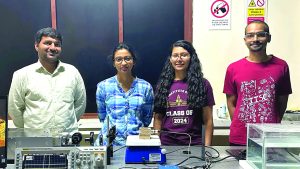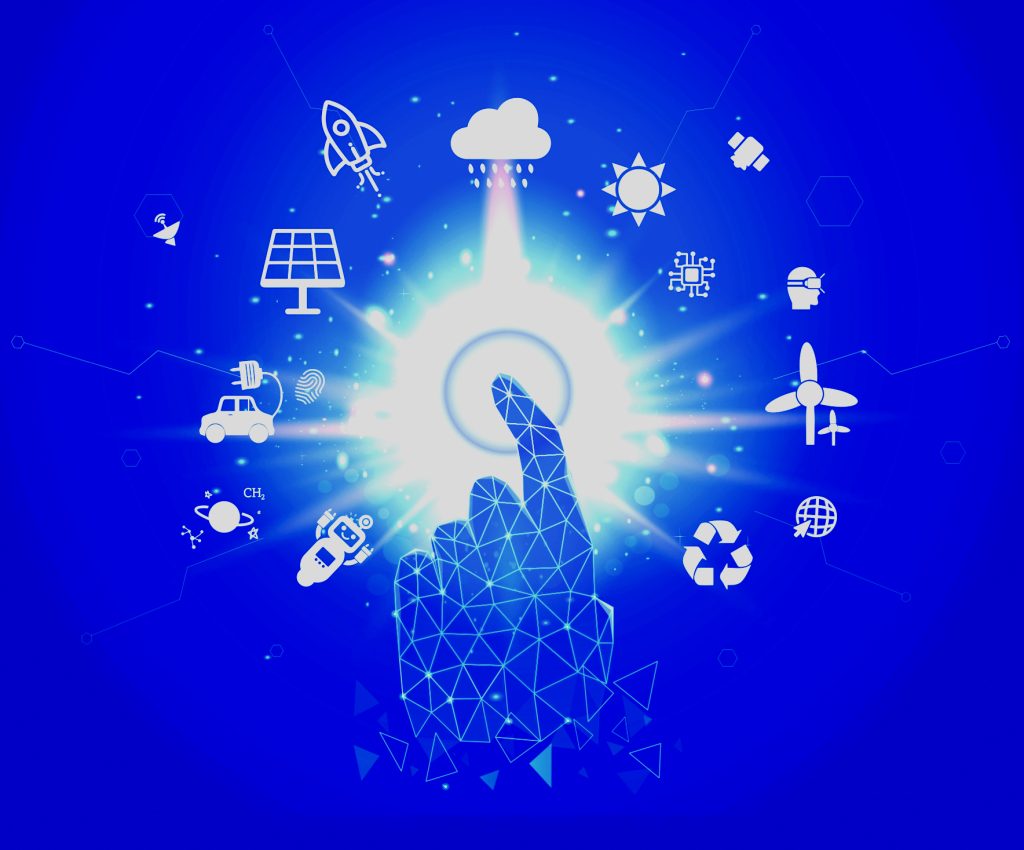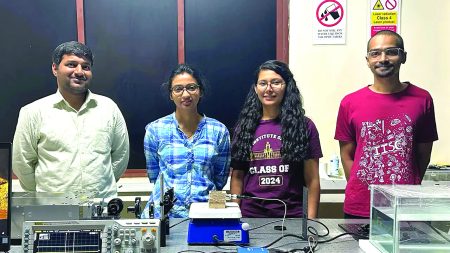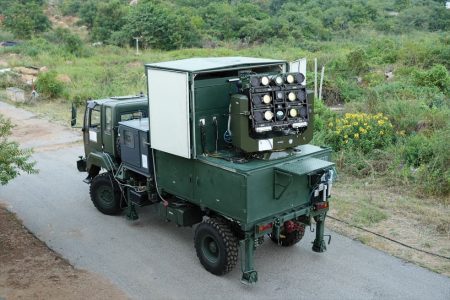COVER STORY / NATIONAL TECHNOLOGY DAY
The Indian technology scenario recognises the role of robust building blocks, i.e. technology indigenisation, appropriation, transfer, forecasting, and technological temper in shaping India’s technological excellence. It explores how these elements interplay to position India as a global leader and provides insights as India becomes a deep-tech powerhouse for peace, prosperity and dignity.
The Indian subcontinent is attributed to be the land of knowledge, creativity and wisdom from antiquity and was evidently ahead of many human settlements of ancient times. When the west was passing through a period like stone age, our sages and rishis were devoted to understanding concepts of nature and universe, creating knowledge, and developing technological solutions. For instance, sage Atharvan is credited to have invented fire churning and disseminated it throughout the known areas of human population. The fire churners were in great demand, and everybody was keen to have access to churning of fire. Atharvan’s family, his pupils, and their families, were resource persons for fire churning technology. The technology of producing fire in controlled manner during early days was a remarkable discovery.
TECHNOLOGY DAY AND TECHNOLOGICAL TEMPER
The day of 11 May 1998 is special for the Indian technology landscape. We had three technological breakthroughs on that day. The first was a successful test flight of Hansa-3, all composite indigenous aircraft, by CSIR. The second was a successful test firing of the Trishul missile. The third and the most momentous was a series of three successful nuclear tests, known as Pokhran-II. These remarkable successes prompted Prime Minister Atal Behari Vajpayee to declare 11th May as the National Technology Day. Since then, India celebrates the National Technology Day each year to give impetus to technology and innovation.
The state of mind geared-up to use head and hands together in a systematic and orderly manner to achieve excellence in any technological operation is known as technological temper. Underpinning technological temper, a societal mindset embraces science and innovation as tools for progress. It’s the intangible force driving India’s tech prowess and manifests in India’s youth with over 50% of its 1.4 billion population under 30. Institutions like IITs and NITs nurture talent and produce engineers powering global tech giants. However, according to India Today report dated 28 August 2023 issue, “small-town engineering colleges are emerging as unsung heroes behind ground-breaking missions like Chandrayaan-3, challenging dominance of IITs and IIMs, the fact remains that top minds at ISRO and other pivotal projects hail from regional engineering colleges, merely 2% of ISRO’s workforce hailed from IITs and NITs.”
INDIA EMERGES AS GLOBAL LEADER
Dr Jitendra Singh, Minister of State for Science & Technology, recently said, “India is no longer a follower on the global stage, it is leading in multiple fields including space, biotechnology, nuclear, and basic research.” Space sector has undergone a remarkable transformation with ambitious Space Docking, paving the way for future missions such as—Gaganyaan, Chandrayaan-4, and India’s International Space Station—by 2035. Chandrayaan-3 has made India proud, being the first to land near Moon’s south pole.


India is recognised as a leader in the global nuclear sector. India is the largest producer of heavy water for domestic nuclear power and exports. It aims at generating 100-Gigawatt nuclear energy by 2047, reducing carbon emissions by 50%, positioning India as a leader in sustainable energy. NTPC is exploring the possibility of building small modular reactors to replace older thermal power plants. In biotechnology, India became the first to develop DNA-based COVID19 vaccine, and first herpesvirus vaccine for cervical cancer, establishing its global leadership in preventive healthcare. Bioeconomy has grown from $10 billion in 2014 to nearly $140 billion, and to reach $250 billion in coming years, also gaining ground in bio-manufacturing, ranking 3rd in Asia-Pacific and 12th globally. India hopes to be a global hub for drone technology. Drone Federation India (DFI) is a nongovernment, industry-led body that promotes a safer and scalable unmanned aviation industry.
As a key milestone for India’s semiconductor ecosystem, IIT Madras and ISRO have developed an indigenous semiconductor chip. IISc claims to have developed world’s smallest chip. Chip toolmaker Lam Research will invest Rs100 billion ($1.2 billion) in Karnataka, while Tata Electronics and Powerchip Semiconductor Taiwan are to establish $11 billion (Rs 91,000 crore) semiconductor unit in Gujarat, NXP Semiconductors to invest Rs 8,459 crore ($1 billion) to boost R&D, and Tata’s TSAT and two large US conglomerates to invest $3.3 billion (Rs.27,000 crore) in a semiconductor plant in Assam. These developments are going to be a gamechanger, significantly enhancing the Indian economy.
The country is ranked 4th worldwide in scientific publications and could surpass the USA in scientific research by 2030, through, quality of publications poses concerns sometimes. India’s rise is no longer about catching up but setting a global agenda. It reflects India’s growing strength, particularly in technology and engineering. India ranks 2nd amongst top 5 countries for 45 of 64 critical technologies, such as AI, biotechnology and defence tech, emerging as a global tech major. India has displaced the US as the 2nd ranked country in biological manufacturing and distributed ledgers. India ranks among the highest in knowledge and technology outputs (22nd) and market sophistication (23rd). Number of patents granted increased 17-fold from 5,978 in 2014-15 to 1,03,057 in 2023-24, and an encouraging innovation index 39 among 133 economies.
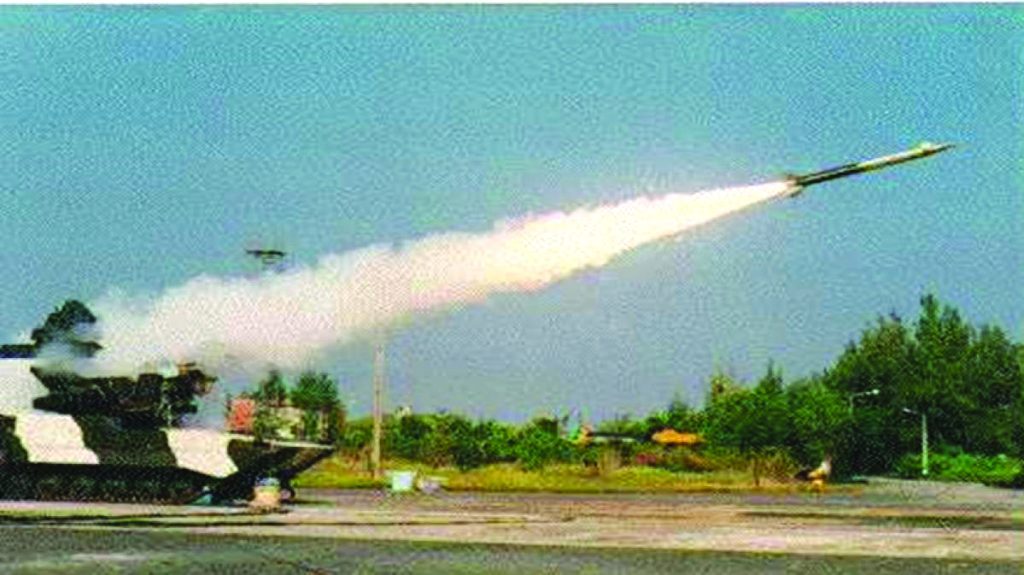

Images Courtesy: Wikimedia Commons
TECHNOLOGY POLICY FRAMEWORK
Technology Policy Statement 1983 aimed to achieve technological competence and self-reliance, particularly in strategic areas, by promoting indigenous technologies and strengthening technology base in emerging areas such as information, electronics, and biotechnology. It emphasised the need to ensure harmony with the environment, preserve ecological balance, and improve quality of habitat.
It aimed to develop technologies internationally competitive with export potential. Industry 4.0 readiness was offered as industries may not be ready to adopt new technologies due to lack of infrastructure, skills, or investment. It helped create incubators and accelerators to support early-stage startups. The country implemented a 4D model—Design, Deliver, Disseminate, and Demonstrate—to align academic research with practice. CSIR had established Poly-technology Transfer Centres, and DST created Technology Business Incubators. At present, Science Technology & Innovation Policy 2013 and Science Technology & Innovation Policy 2020 (draft) are guiding India’s scientific and technological growth.
INDIGENIZATION: BUILDING SELF-RELIANT BHARAT
India stands at a pivotal juncture—once reliant on imported know-how, now transformed to a hub of innovation, leveraging its vast human capital, strategic policies, and self-reliance. India’s technological evolution lies in indigenisation — the process of developing homegrown solutions tailored to meet local needs, encapsulated in ‘Make in India’, ‘Atmanirbhar Bharat’, and ‘Vikasit Bharat’ initiatives.
India’s National Quantum Mission, launched by DST reinforces this commitment. With an allocation of Rs 6,003.65 crore ($730 million) for 2023 to 2031, it aims to advance quantum technologies, computing, communication, and materials, positioning India as a key player in the global quantum arena. In electronics manufacturing, the government’s $2.7 billion production-linked incentive scheme is designed to bolster domestic production capabilities, likely to attract $7 billion investment in five years, securing India’s position as the world’s second-largest mobile phone producer. Smartphone boom is exemplary, as global giants like Samsung and Apple dominate hardware, Indian firms Micromax and Lava appropriated Android’s open-source framework to launch affordable devices.
Electrical Vehicle (EV) technology is improving rapidly, with advancements in battery technology, charging infrastructure, and vehicle design. Indigenisation is not without hurdles as limited funding and fragmented innovation ecosystems slow the progress. It requires state support, private-sector collaboration and cultural shift for valuing homegrown technology.
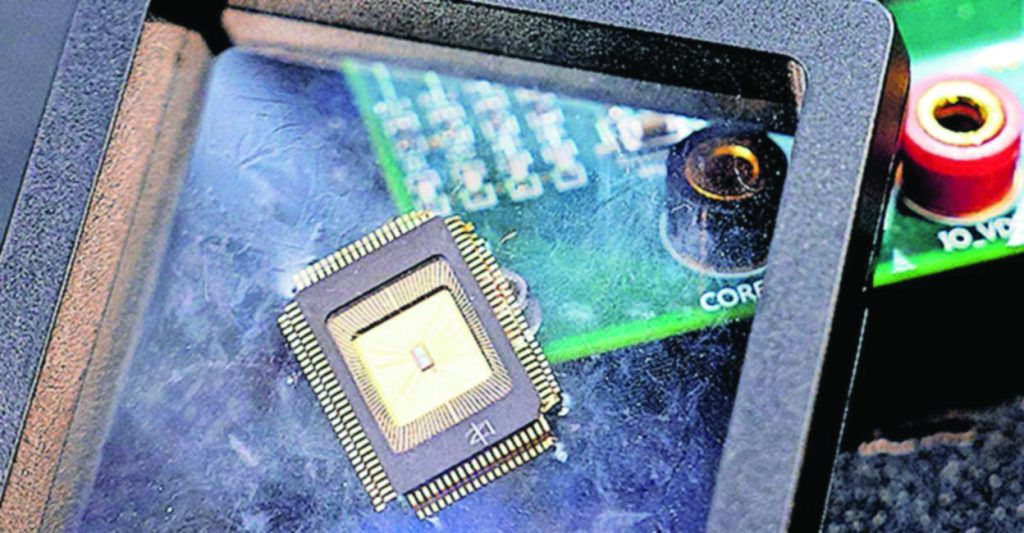

Image Courtesy: Internet
TECHNOLOGY FORECAST: ENVISIONING TECH FUTURE
To sustain the momentum, India must focus on future needs and technology forecasting. Technology Information, Forecasting & Assessment Council (TIFAC), CSIR-4-Paradigm Institute, and Universities’ Future Studies Departments must play an important role in technology forecast, viability assessment, impact assessment, and risk assessment. Digital India initiative foresaw the need of connectivity, it laid groundwork for e-governance, fintech, and edtech.
Emerging fields like quantum computing and 6G attract attention. IITs and Reliance Jio are exploring 6G to rollout post 2030. National AI Strategy by NITI Aayog predicts AI adding $1 trillion to the economy by 2035. Though India’s AI ecosystem lags foundational research, these efforts signal a shift from reactive adoption to proactive innovation.
TECHNOLOGY APPROPRIATION: ADAPTING GLOBAL TO LOCAL
Technology appropriation involves adapting global technologies to suit India’s needs. This pragmatic approach has allowed India to leapfrog developmental stages, turning imported tools into growth engines. Companies like Infosys, TCS, and Wipro transformed India into the world’s back office, mastering the art of customizing tech for global clients. Today, the legacy fuels India’s software exports valued over $190 billion bringing it to the forefront of tech growth.
In agriculture, appropriation has revolutionised productivity. The Green Revolution of the 1960s introduced high-yielding variety and mechanised farming, boosting food security. Startups like Ninjacart, e-NAM and DeHaat have appropriated digital platforms and AI to streamline supply chains, connecting farmers to markets. IFFCO led Nano Urea and Neem Coated Urea became the world’s most influential innovations in agriculture by cost reduction, pollution control, and high productivity without compromising soil fertility.
India’s 5G market is projected to contribute $17 billion to the economy by 2025, enhancing connectivity and facilitating Internet of Things and Internet of Everything. Rapid spread of 5G networks is a testament to this approach. As an estimate 75% Indian enterprises are likely to incorporate AI into their processes by 2025.
TECHNOLOGY TRANSFER
Technology transfer refers to licensing technology to third party. The movement of technical know-how and do-how to industry has been a cornerstone of India’s tech growth. Technology transfer has accelerated green ambitions in renewable energy. The National Solar Mission leveraged solar panel designs and manufacturing techniques. Indian firms Adani Green and Tata Power adapted these, scaling production, and making India the world’s third largest solar power producer. International Solar Alliance further recognises India’s leadership in the renewable energy sector.
However, India’s technology demand, particularly for semiconductors and electronics is heavily dependent on imports, as 95% semiconductors are sourced from China, Taiwan, South Korea, and Singapore. Semiconductor Mission 2021 aims to reverse this through international collaboration.
INDUSTRY-READY TECHNOLOGY
India is actively working to bridge the gap between research and industry and provide industry-ready technology for speedy commercialisation. Integrated Science & Technology Ecosystem Mission (I-STEM) facilitates collaborative research by connecting researchers, industry and academia. CSIR-Tech, a company initiated by CSIR, and formed to facilitate commercialisation of CSIR technology, was shut down after 6 years.
Foundation for Innovation & Technology Transfer (FITT), established by IIT Delhi, is an industry-academia interface to facilitate research translation, technology development, IPR, technology transfer, and commercialisation. MIT has a Technology Licensing Office to facilitate commercialization, from technology disclosure and patenting to commercializing invention, and generating revenue for MIT and inventor.
The Department of Biotechnology established the Biotechnology Industry Research Assistance Council (BIRAC) as industry-academia interface, providing access to risk capital, technology transfer, IP, and handholding. DBT promotes Biotechnology Parks for innovative research and development in biotech and helps translate research into products and services. National Research Development Corporation helps promote, develop, and commercialise inventions originating from Indian research institutions and individuals.
However, more efforts are needed to bridge the gap. For instance, under a project “Vulnerability Assessment for Climate Change Impact on Coasts & Island Ecosystems of India” (VACCIN), a few selected technologies to combat climate change were displayed at Lakshadweep, including a solar powered water desalination device. Lakshadweep Administrator Farooq Khan while inaugurating the programme showed interest to install these devices at Lakshadweep Islands, but it was commercially unavailable.
FOSTERING INNOVATIVE MINDSET
Infusion of innovativeness and creativity is a major task for technology promotion. There is a need to stimulate technological temper and spirit of innovation among people, they must be made aware about intellectual property rights as well to protect innovations. It has been observed that at the age of 15-25, creativity is high, and some youngsters come up with novel ideas. A mechanism must be worked out to harness the potential of such innovative minds, and they find employment in R&D institutions with due process. Activities like innovation fairs, competitions, and Olympiads, can help demonstrate their talent.
India is blessed with a treasure of traditional and rural technologies. For example, in Himachal Pradesh, water storage systems are found in remote villages. Underground tanks are constructed to collect rainwater and snow falling on rooftops. It is called ‘Khatriyan’. Many such technologies are available in the countryside, and can be modified, upgraded and transferred.


Image Courtesy: Shutterstock
Similarly, there could be some technological problems faced by people at local level, which can be solved with technological intervention if identified timely. For example, industrial waste in Kosi River, Rampur (UP) polluted ground water of nearby 60 villages. A group of trainee science journalists identified this problem during on-the-spot reporting. The reports appeared in the media and installing treatment plants by polluting industries solved the problem.
TECHNOLOGY COMMUNICATION
Mass media plays a pivotal role to help make people aware of technological developments and inculcate a technological temper among them. Efforts are made for technology transfer and extension, but the target users hardly acquire understanding of technology. These efforts need to be integrated with technology communication, so that, while using a particular technology, users can develop understanding of the same.
Technology communication does not only mean to communicate technological information from laboratories to people. It can be both ways. In case, some technology or idea emerges from among people, that can be brought to scientists and technologists for its evaluation for viability, novelty, and usage.
Technology communication may lead to technology literacy. A technologically literate person should have some understanding of technological things happening around, such as drilling and boring of tubewell, working of film projector, and the like. A villager may not know about metro trains or automatic elevators. Similarly, an urbanite may not be aware of seed driller or potter’s wheel. These are examples of everyday life, where many of us lack technological literacy. A participatory and knowledge sharing approach could be useful.
CHALLENGES AND OPPORTUNITIES
India’s technological journey is a blend of triumphs and trials. Speaking at Startup Mahakumbh, Union Commerce Minister Piyush Goyal asked Indian startups to shift their focus from food delivery Apps to high-tech sectors like semiconductors and AI. He said while many startups here were focused on low-paying jobs, those in China were working on EV, battery tech, semiconductors and AI. Call for Indian startups to focus on high-end technology has sparked debate. Addressing the skill gap in emerging technologies remains a concern. Investments in upskilling and training are essential to meet growing demand.
With a $3.5 trillion economy and a burgeoning startups ecosystem of over 100 unicorns by 2025, India leads affordable and scalable technology. Geopolitical policy shifts offer opportunity and competition, climate pressures, and digital divides demand agility. International collaboration by exercising science diplomacy will be the key. India must double R&D spending, incentivize innovation, and upskill workforce for Industry 4.0.
A TECHNOLOGICAL TAPESTRY UNFURLING
India’s technology scenario is a dynamic saga of resilience and ambition. Technology indigenization builds its backbone, technology appropriation enhances adaptability, technology transfer offers stepping stones, technology forecasting gives vision, and technological temper motivates its soul. As India strides towards her centenary of independence in 2047, this multipronged approach would determine it emerges as a tech superpower. The world is keenly watching as our tech odyssey unfolds in new India. Technology plays a vital role in not only life and work of mankind but also acts as one of the important deciding factors, responsible for the strength and wellbeing of a nation.
*The writer is a New Delhi-based senior scientist and writes on science and policy issues and currently, is Adjunct Professor of Science Communication at the National Institute of Advanced Studies. He has pursued his studies and research in biosciences and has authored award winning books on biotechnology, do-it-yourself science, science communication, and has two patents to his credit. He can be reached at manojpatairiya@yahoo.com


